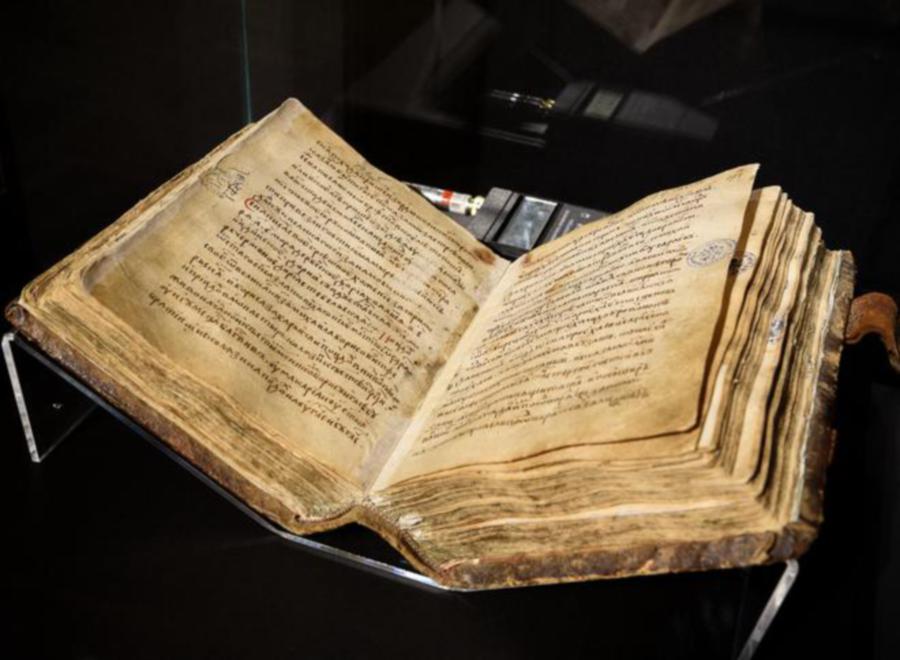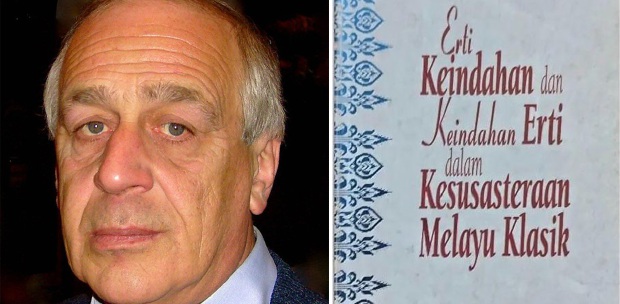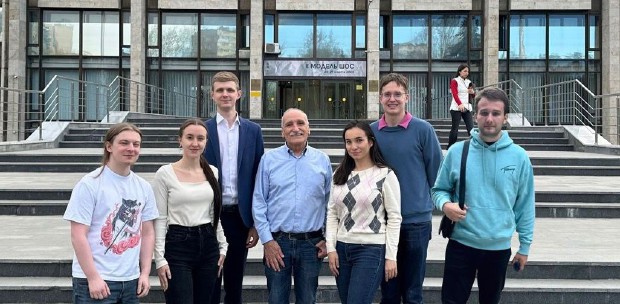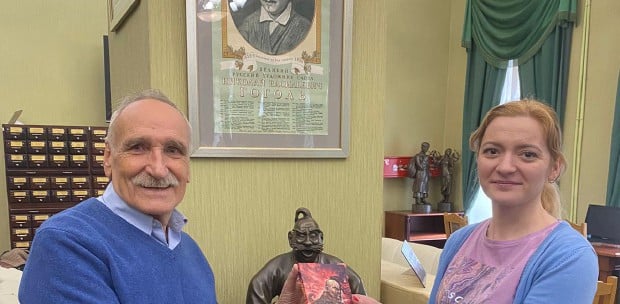THE Museum of Oriental Arts in Moscow has opened an exhibition called "Beyond Three Seas. The wanderings of Afanasy Nikitin". About 300 exhibits in seven halls illustrate the famous travelogue of the Tver merchant, 'The Journey Beyond Three Seas'.
The exhibition is dedicated to the 555th anniversary of the beginning of Nikitin's journey.
In one section, visitors are able to see more than 100 exhibits: archaeological objects, Russian, Iranian and Indian manuscripts, and miniatures of the 15th-16th centuries.
Nikitin (he died in 1475) was one of the first Russian travellers to India in the 15th century. He started his trip in 1468 to Shemakha together with the Russian ambassador, Vasily Papin, and a trade expedition.
They went down the Volga River and reached the city of Astrakhan in southern Russia, where one of their ships was captured by robbers, and the other one was wrecked in a storm near the Caspian Sea.
Notwithstanding the loss of the ships and goods, Nikitin continued the journey. He travelled by land to Derbent and got into Persia.
He took a ship that sailed through the Indian Ocean — six weeks with a few stops — to the western coast of Hindustan Peninsula.
India's fantastic treasures attracted him immensely. He spent three years there, and in 1472 went back to Russia through the Turkish territories and the Black Sea. He died on the way to Smolensk in western Russia.
Some merchants delivered his notes to Moscow. The writings were later included in publications.
'The Journey Beyond Three Seas' is a document of great interest. It mentions the Malay Archipelago — calling it "Ostrivtsy" (Kepulauan) — for the first time in Russian history.
The Persian lands were described briefly, which might mean that Russian merchants were well aware of that country and it was of no interest to the traveller.
The first observations of India by Nikitin were made in Chaul, Maharashtra. Half-naked people, women with their heads uncovered and hairstyles seemed unusual to the Russian.
He himself was an attraction. Local residents marvelled at his white skin. Crowds kept following him.
Nikitin was amazed at the appearance of a local prince and the people around him: "And their prince has a fota on the head (most likely a turban), and another fota on the hip (i.e. a loincloth)."
He noticed that the attire of the prince's armed servants was only a loincloth.
They were armed with swords, darts, daggers, sabres and arrows. He was shocked at the local tradition of burning the bodies of dead people instead of burying them.
He travelled overland through a number of cities before reaching Junnar in Pune district, Maharashtra. He stopped there due to the monsoon, which he called winter.

Two months spent in Junnar allowed him to make some observations. During the rainy season, the people ploughed the land, and sowed wheat, peas and fig. He paid attention to the making of wine with coconuts.
Nikitin brought with him a horse that had cost him 100 roubles. There were no horses in India but there were bulls and buffaloes, which were used to transport goods and to plough. Elephants and horses were brought in from Arabian and Turkic countries.
Nikitin travelled across the whole of India, including to the sacred city of Parvat, Gujarat, and documented the customs and traditions, as well as the peculiarities of the Indian market and trade.
The simplicity of his writings makes them enchanting. It is important to mention that Nikitin made his journey 30 years before Vasco da Gama explored India.
Unlike other explorers, Nikitin never wrote based on emotion and rumour. He always described only what he witnessed personally.
He depicted the life of Muslims while wondering whether Christians should appraise other religions. He told of how Khan
Junnar in India tried to persuade him to embrace Islam, promising the reward of 1,000 gold coins, and how he fasted with Muslims though he was worried it was in contradiction to his own religion.
In 1955, on the left bank of the Volga River in Nikitin's native town of Tver, a monument to him (the sculptors were S. Orlov and A. Zavalov, and the architect, G. Zakharov) was erected.
'Journey Beyond Three Seas', a feature film based on his writings, was produced in 1958. It featured Oleg Strizhenov in the lead role.
Pogadaev, writing from Moscow, is a former lecturer at Universiti Malaya





